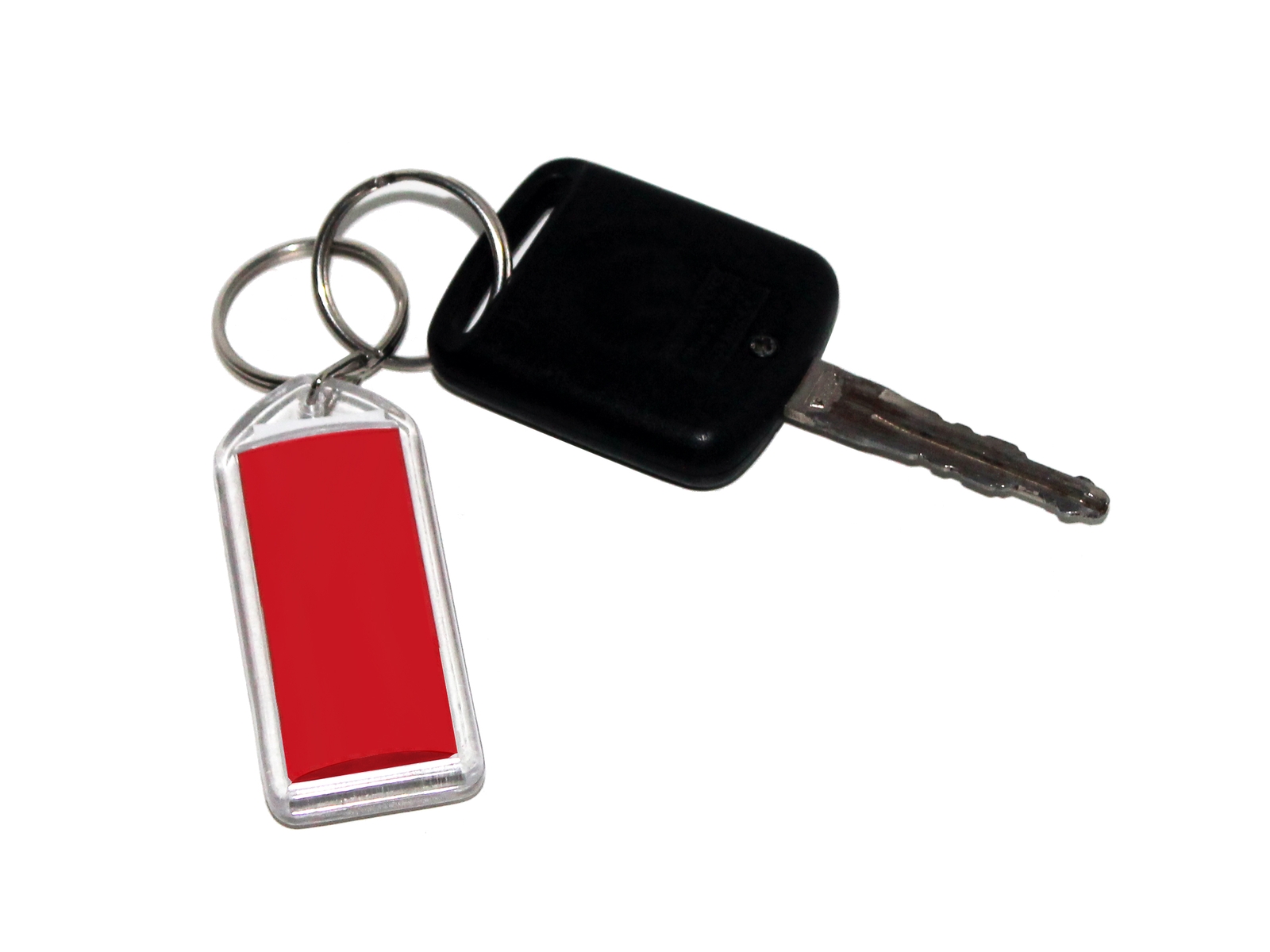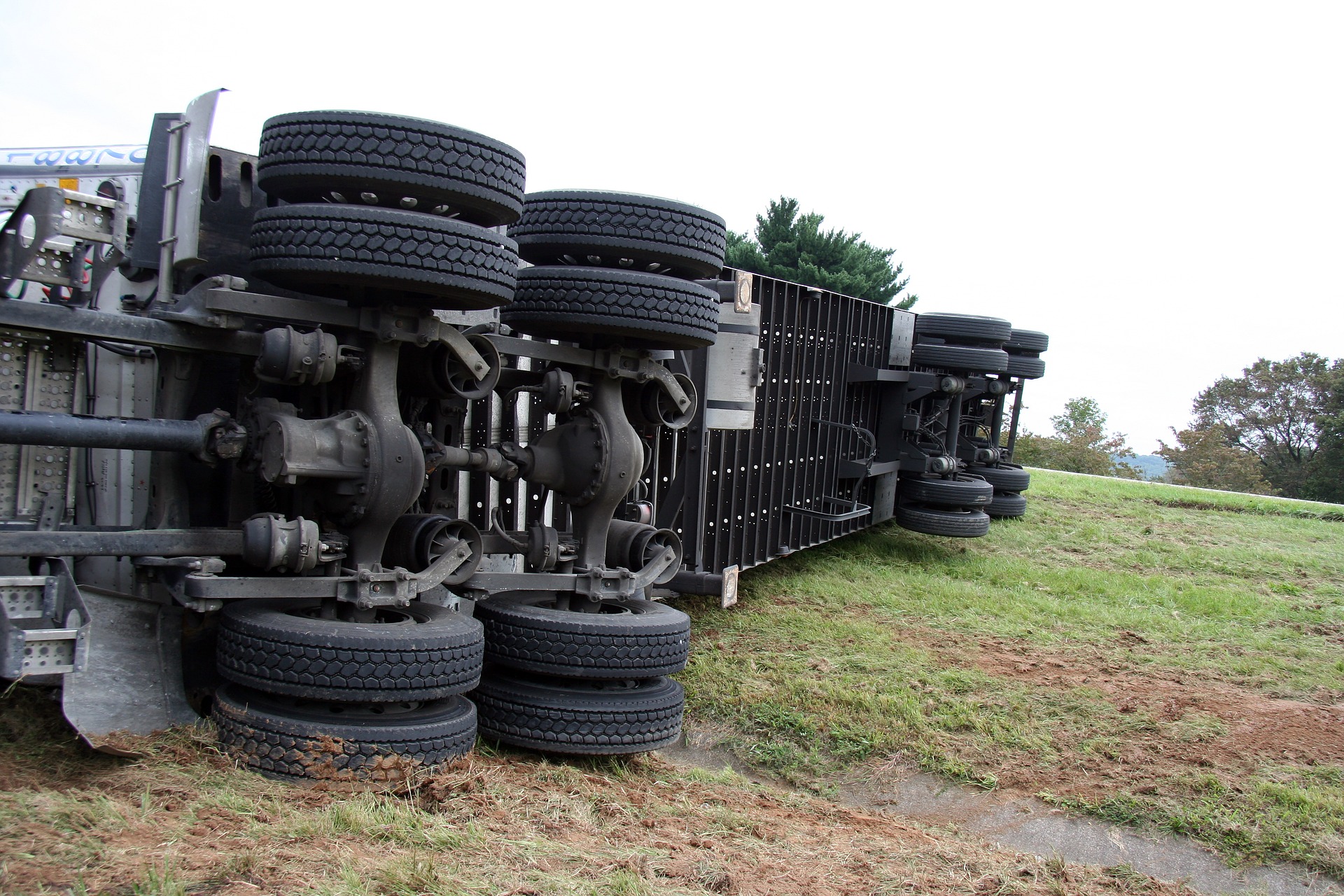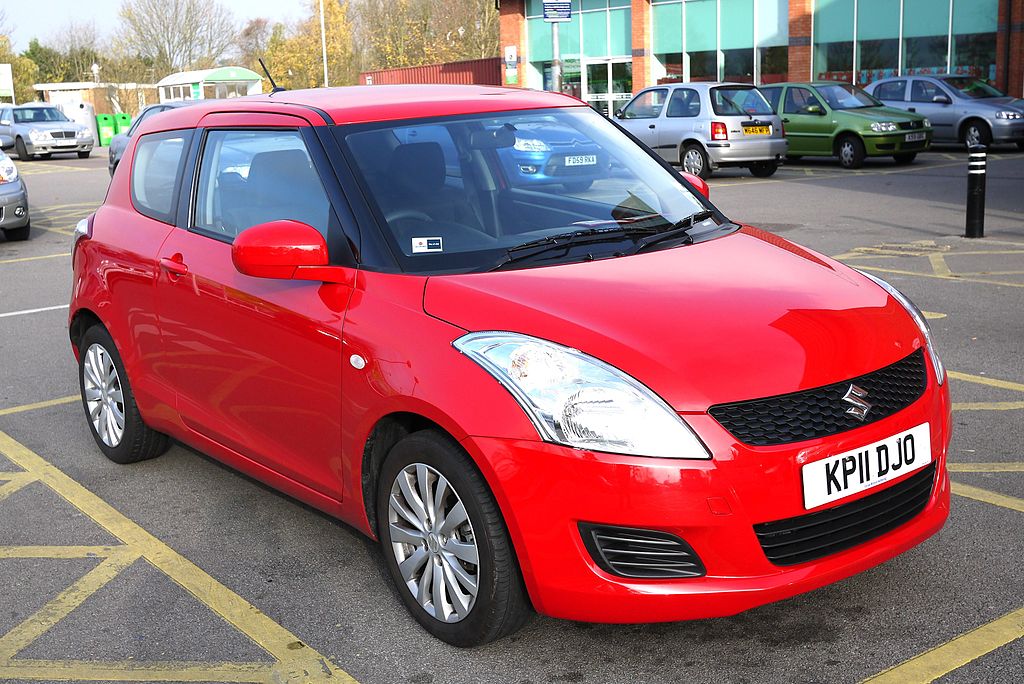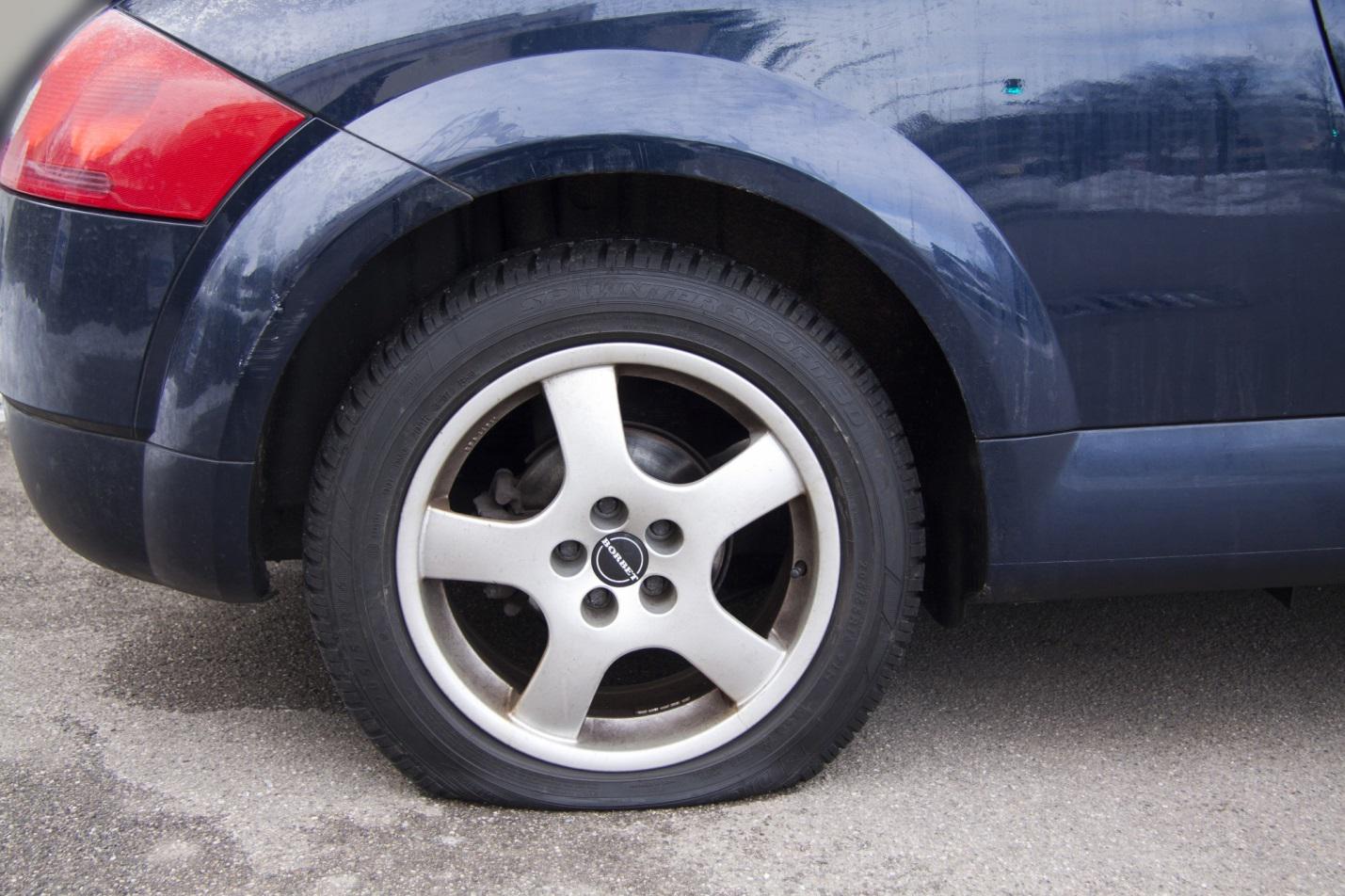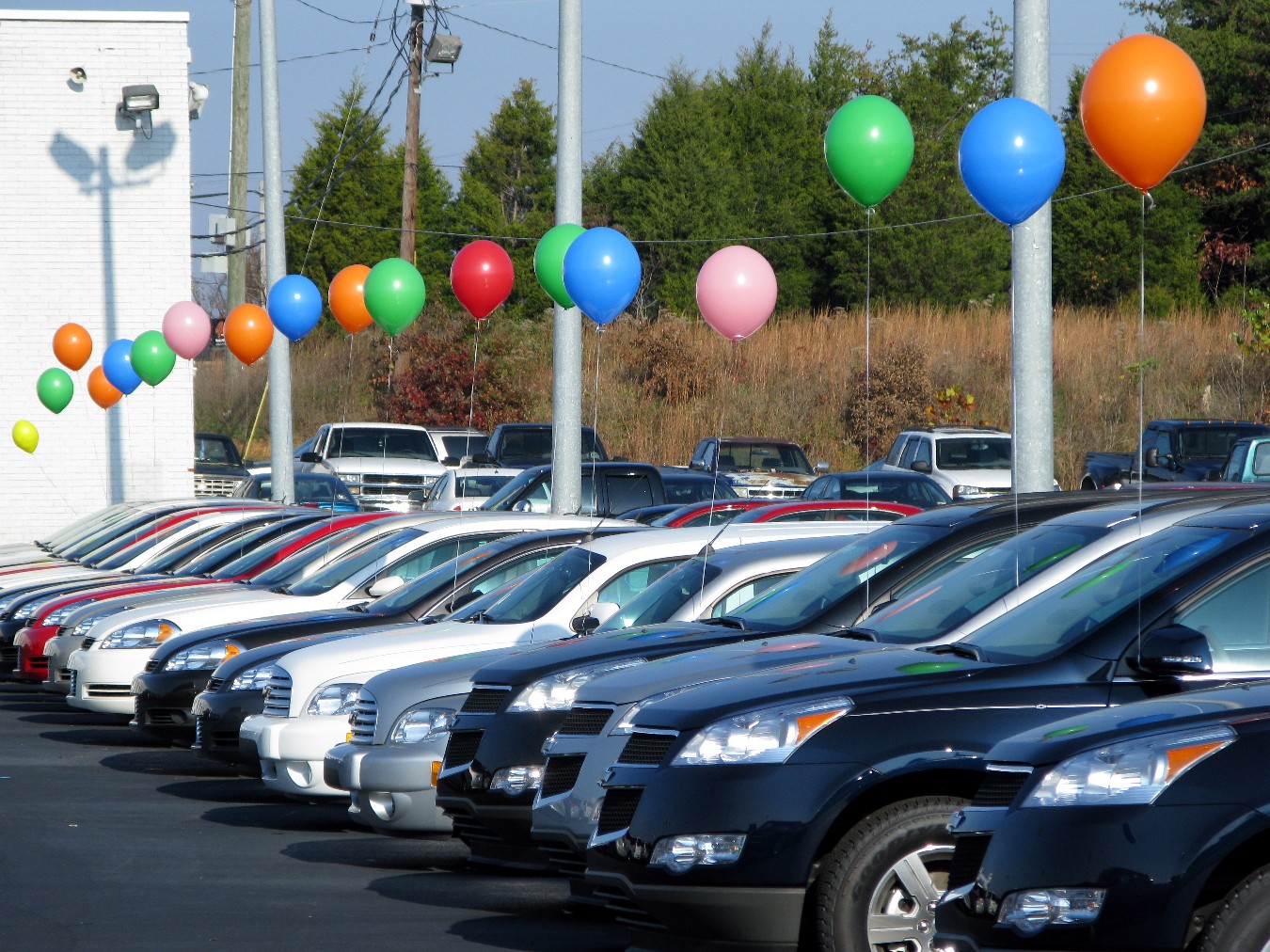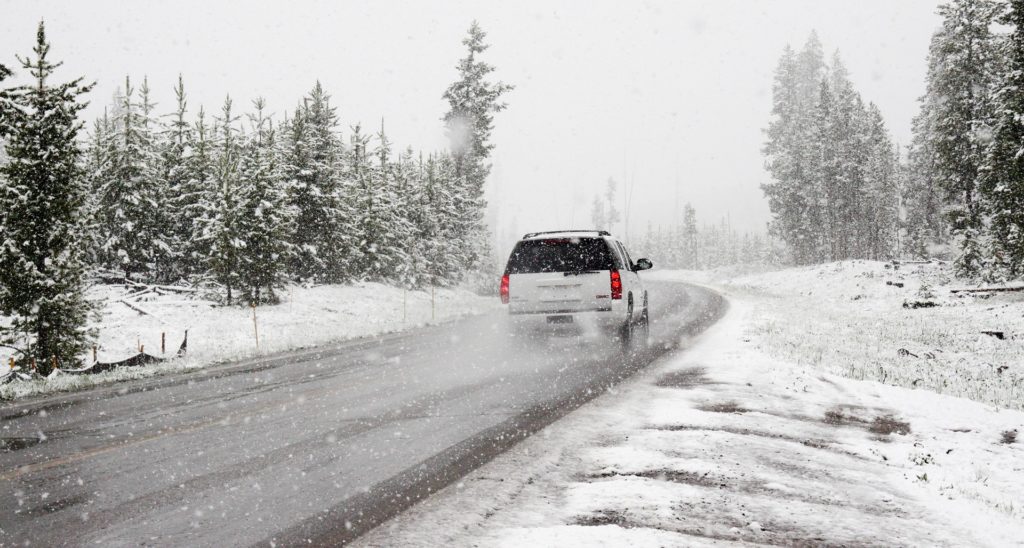
Over 70 percent of the roads in the US are located in snow-covered regions. According to the Federal Highway Administration of the US Department of Transportation, these roads receive over 5 inches (13 cm) average snowfall even years. Maneuvering in these complicated roads could be included as one of the best driving tips that all parents must impart to their kids as they learn how to drive. Driving during the winter can be scary. But there are several ways to handle all possible driving hazards on snowy roads.
Choosing the Best Vehicles for Snow
Driving along the snowy roads requires a lot of concentration and presence of mind. But aside from having good driving skills, you need a vehicle that can help you navigate the wet roads. If you plan to purchase a new vehicle before the winter season, consider buying SUVs or the latest lines of crossovers because they have on-demand four-wheel-drive functions. The four-wheel vehicles automatically use their full capacity every time they feel the need for it. When this happens, the automobile sends power to both the front and rear wheels to provide the much-needed traction. All-wheel drive vehicles also have the same technology. They also have a system that has the option to drive the front or rear wheels on a normal condition, then switch on the other set as soon as a switch or a lever comes out.
Prepare Your Vehicle for Rough Conditions
If you have no plans of buying a new car, you can still use your old car to take you places during the cold, snowy months. However, you must make sure that the vehicle is in tip-top shape before you take it on the road. It is always ideal to take your car to regular maintenance and tune-ups in your favorite mechanic, but you need to pay particular attention to the battery, tires, wipers, and coolant during the winter. You also need to install snow tires before the first snow falls. In addition, you must also check if your headlights, taillights, and forward sensors are all working properly so you’ll only need to worry about your vision while driving in the snow. You also need to make sure that your vehicle has all the important automated safety features for winter driving. These include stability control and anti-lock brakes required by the government. You also need automatic emergency braking, forward collision avoidance, adaptive headlights, and lane departure prevention systems to keep you safe when driving on icy roads.
Be On Guard for Sudden Emergencies
Accidents can happen even if you are already well-prepared to face the snowy roads. Your car can still break down and stall in the middle of the road no matter how properly maintained it is before you take it out of the garage. But you do not need to worry if this happens if you know what to do during these situations. Always make sure you have the right tools to help you handle the trouble until you can call for help. Stock up on blankets, jumper cables, flashlights, emergency lights, and flares in your tool kit so you can still stay warm while waiting for backup. Some packets of snacks may also keep you full if you need to wait for a while until someone comes to rescue you.
Driving in the snow is no easy task. You need to know all the basics of safe winter driving to avoid any unwanted incidents on the road. These include driving slowly if the concrete is covered with ice and knowing how to press for brakes when needed. As much as possible, you must never stop when going up on an icy hill. These tips will allow you to reach your destination safely even if you are surrounded by thick snow along the way.


